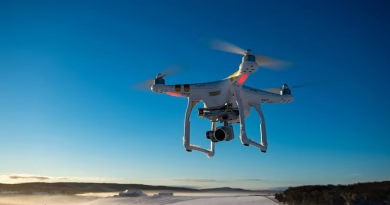Space Tourism Update: Who’s Actually Booking Trips in 2025?
What felt like a billionaire’s playground five years ago is starting to look—well, a little more crowded. As we cross the halfway mark of 2025, space tourism is transitioning from novelty to nascent industry. With launch costs down, spacecraft reliability up, and consumer curiosity rising, a surprising cross-section of people are now boarding spaceflights.
So who’s really going to space in 2025?
💼 1. High-Net-Worth Explorers (Still Leading the Way)
Let’s not kid ourselves: the ultra-wealthy are still the dominant demographic. Blue Origin’s New Shepard and Virgin Galactic’s suborbital hops are booked months in advance—often with ticket prices north of $400,000. But it’s not just tech moguls. Hedge fund managers, crypto whales, and retired CEOs are all seeking their “overview effect” moment.
Interestingly, some customers now see it as a status symbol or even retirement bucket list activity, akin to buying a private island or visiting Antarctica.
🧪 2. Research Institutions and Universities
With commercial payload slots becoming cheaper and more flexible, academic institutions are seizing the chance to conduct microgravity experiments or send research crews aboard orbital flights. SpaceX’s Crew Dragon has supported university projects in biology, fluid physics, and materials science—some accompanied by researchers themselves.
Organizations like Axiom Space and Sierra Space are making research-focused missions more accessible to institutions that never imagined affording space before.
🌐 3. Influencers and Content Creators
2025 is the year space content went viral—from zero-gravity TikToks to full YouTube vlogs from orbit. A few creators, backed by sponsorship deals or crowdfunding campaigns, have already flown with companies like Space Perspective, which offers stratospheric balloon rides with Earth views at $125,000 a ticket.
For these digital astronauts, it’s not just about space—it’s about monetizing the experience across millions of views.
🧑🚀 4. Citizen Astronauts and Private Passengers
Thanks to programs like Polaris Dawn and dearMoon, private citizens without military or NASA backgrounds are training for longer, more involved missions. These participants go through rigorous prep and are treated more like mission crew than luxury passengers.
In many cases, their trips are part of public outreach or philanthropic efforts—bringing awareness to STEM causes or promoting global peace, as in Yusaku Maezawa’s upcoming lunar mission.
💸 5. Startup Teams and Space Entrepreneurs
A quiet but growing segment of 2025 space travelers includes founders and engineers from early-stage space startups. Why? To test tech, demo prototypes, or build investor buzz.
In one recent mission, a team from a biotech startup flew a tissue regeneration experiment on a SpaceX rideshare flight—garnering millions in follow-on funding.
For these players, space isn’t leisure—it’s a proving ground.
🧭 What’s Next?
The real inflection point may come in 2026–2027, when commercial space stations from Axiom, Orbital Reef, and others begin operation. Expect longer stays, deeper science, and even space-based film production to follow.
But for now, in 2025, space is open—but not exactly open to all. It’s a fascinating blend of privilege, progress, and possibility.
🌌 Final Thought
We’re witnessing the early days of a new travel era. It’s not yet the “JetBlue of orbit,” but it’s no longer just SpaceX and billionaires. The cosmic gate is creaking open—and the line to step through it is growing more diverse.




